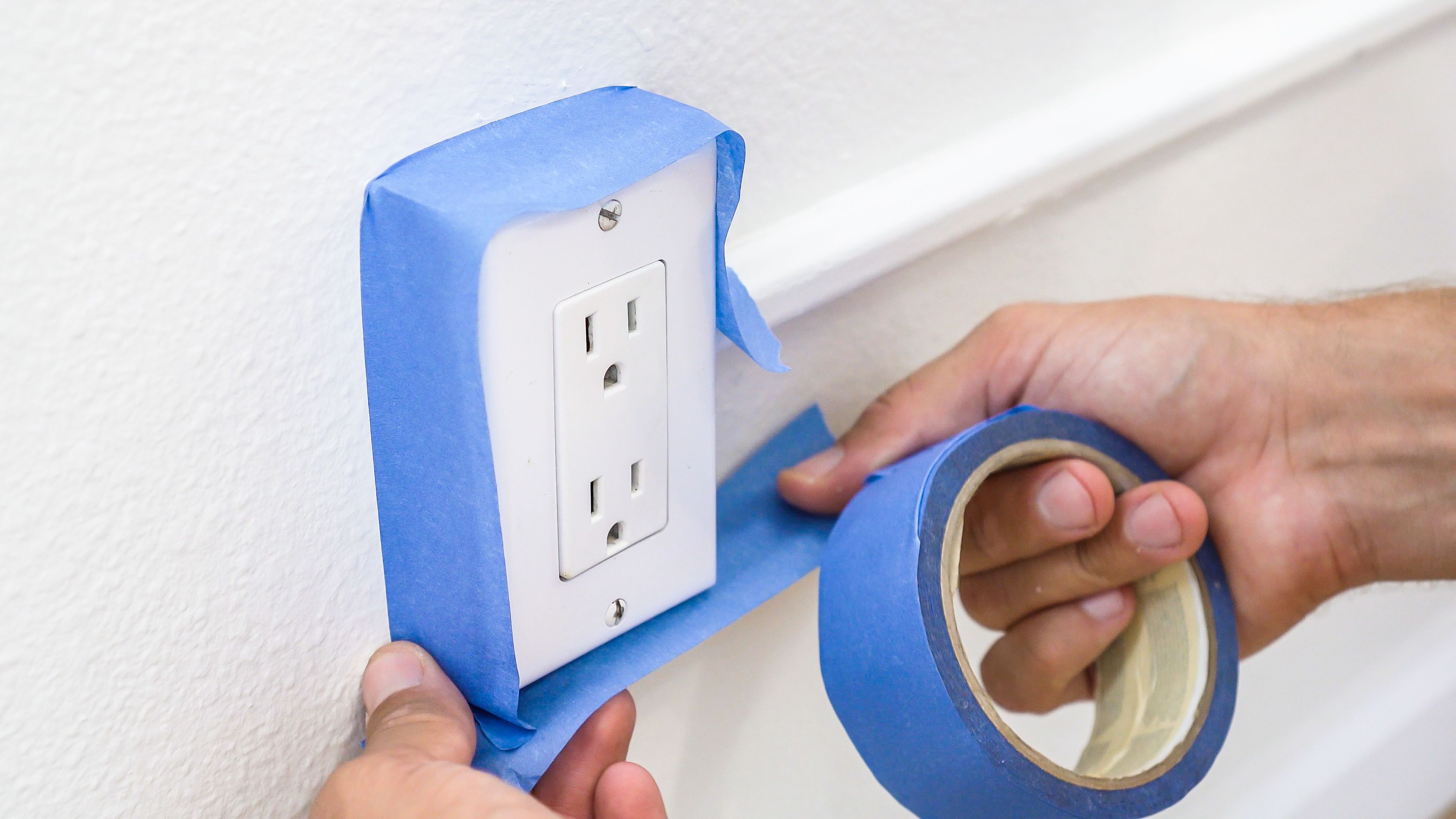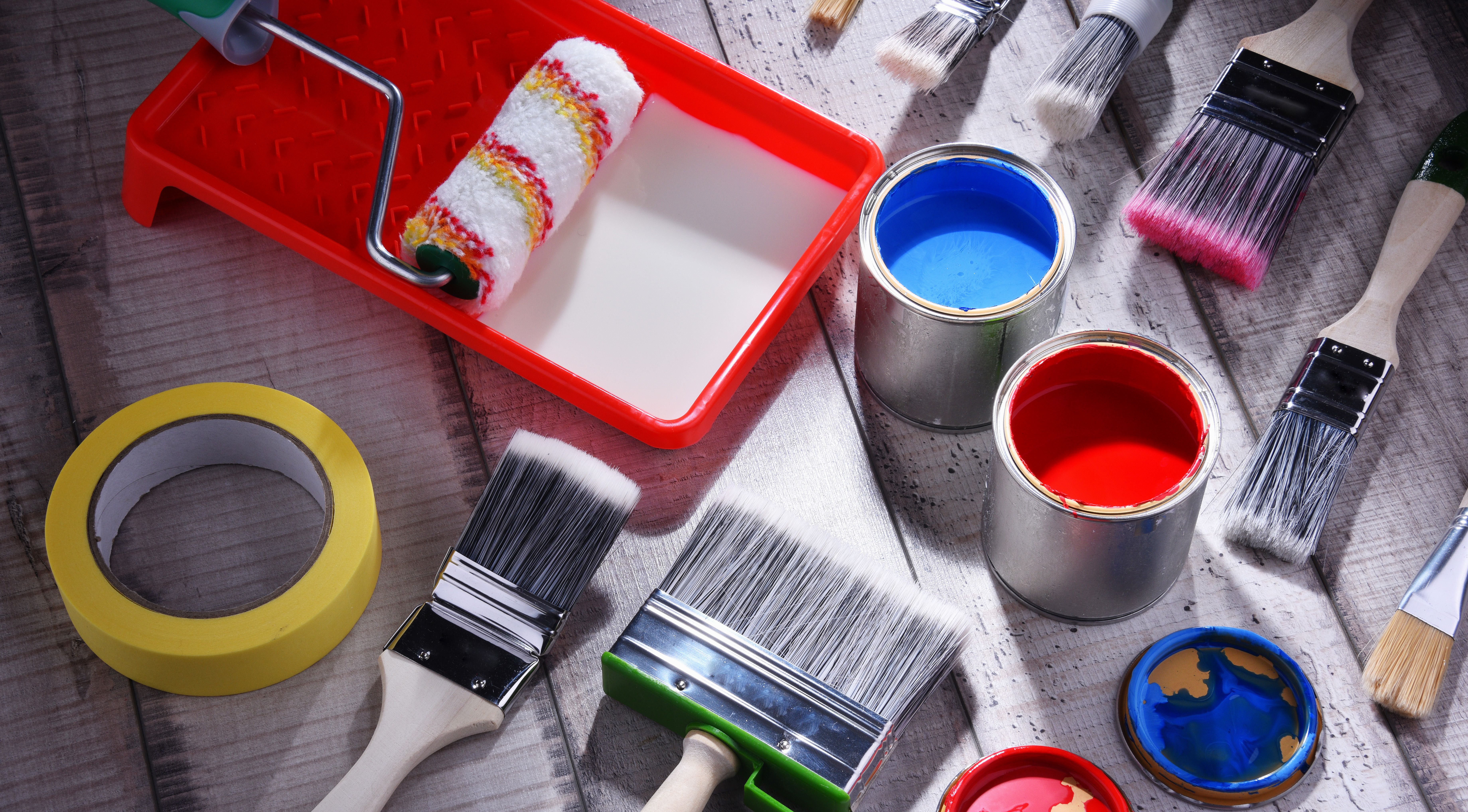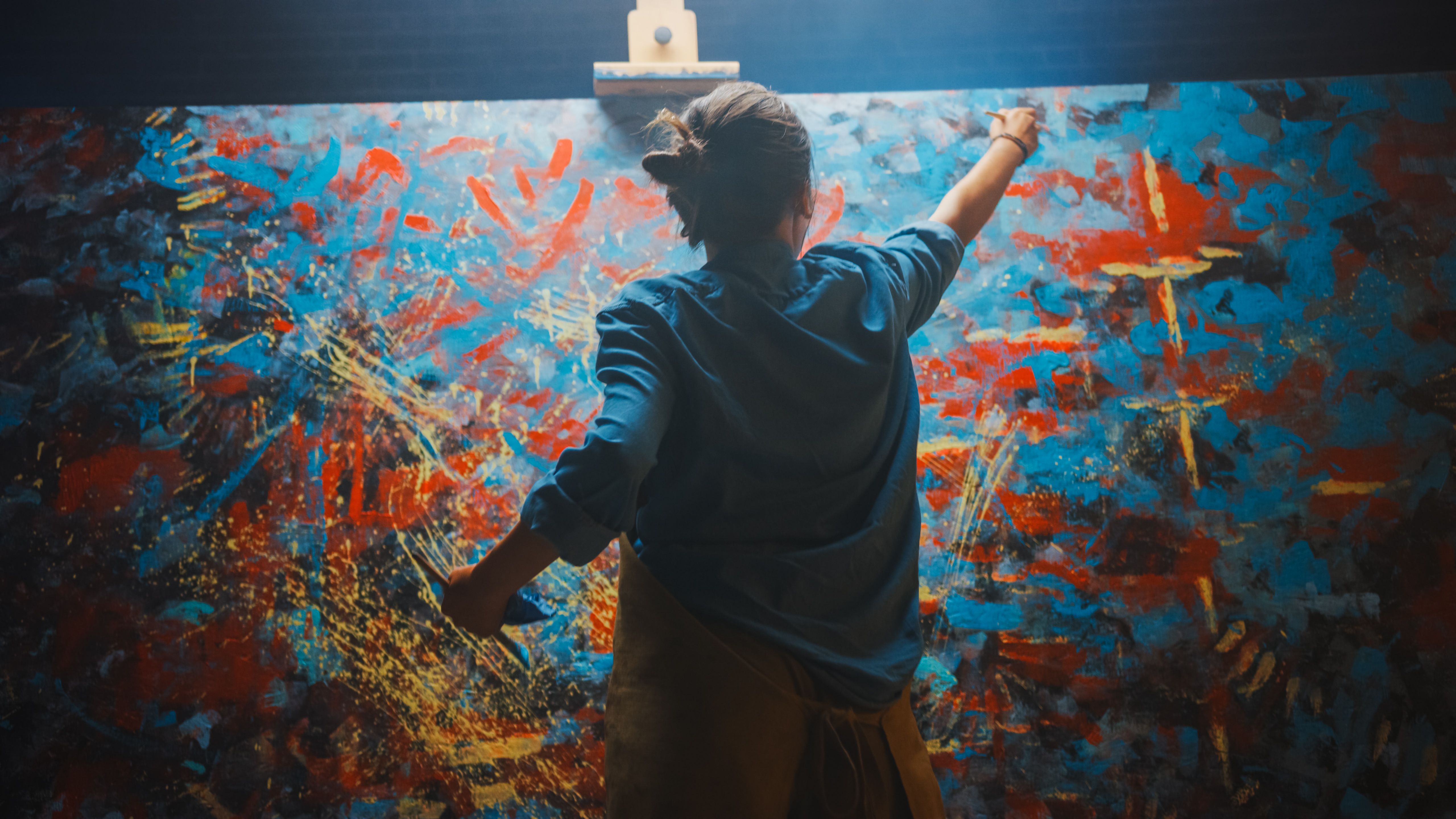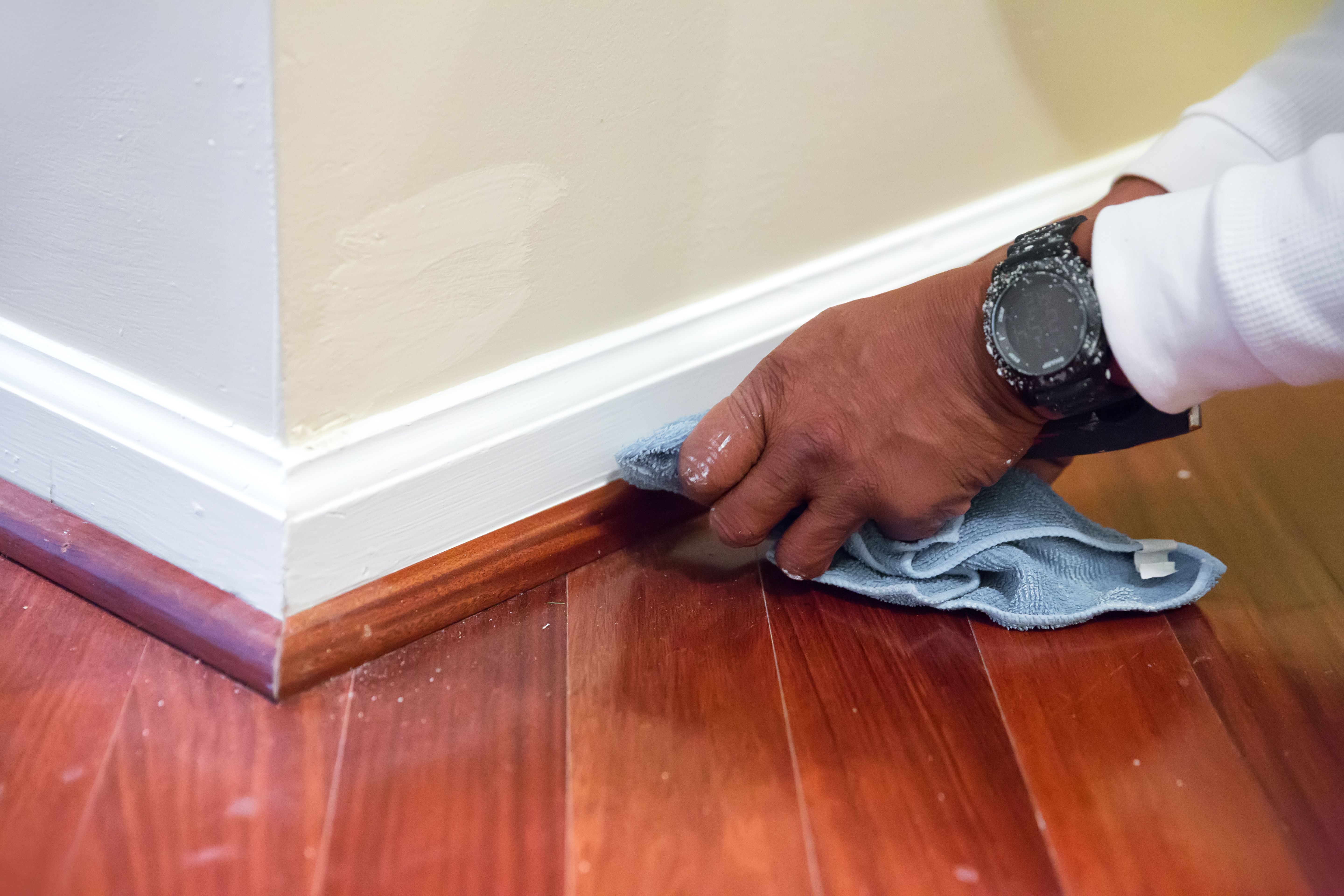Expert Tips to Avoid Common Painting Mistakes
Preparation is Key
Before you even pick up a brush, proper preparation is crucial to avoid common painting mistakes. Start by thoroughly cleaning the walls to remove dust, dirt, and grease, which can prevent paint from adhering properly. Use a mixture of water and mild detergent for best results. After cleaning, ensure the walls are completely dry before proceeding.
Next, inspect your walls for any cracks or holes. Use spackle or filler to repair these imperfections, and sand them down for a smooth finish. This step ensures that your paint job looks professional and lasts longer.

Choose the Right Tools
Using the correct tools can make all the difference in achieving a flawless paint job. Invest in high-quality brushes and rollers suitable for the type of paint you are using. For example, use synthetic brushes for water-based paints and natural bristle brushes for oil-based paints.
Don’t forget to use painter's tape to protect edges and create clean lines. Apply the tape carefully and press down firmly to prevent paint from seeping underneath. This simple tool can help you avoid one of the most common painting mistakes: uneven edges.

Selecting the Proper Paint
The type of paint you choose can greatly impact the final result. Consider the surface you are painting and select a paint with the appropriate finish. For high-traffic areas like kitchens and bathrooms, opt for semi-gloss or satin finishes that are easier to clean. In contrast, matte finishes work well in bedrooms and living areas.
Additionally, factor in the paint color and its effect on room size and lighting. Test paint samples on the wall to see how they look at different times of day before making a final decision.
Mastering Painting Techniques
When it comes time to paint, using the right technique is crucial for a seamless finish. Begin with a primer if necessary, especially when painting over dark colors or bare surfaces. This step ensures better coverage and adhesion.
For walls, start by cutting in around the edges with a brush, then use a roller for large areas. Apply paint in overlapping strokes to prevent streaks and ensure even coverage. Allow each coat to dry completely before applying another to avoid peeling or bubbling.

Avoid Overloading Your Brush or Roller
One of the most common mistakes is overloading your brush or roller with paint, leading to drips and uneven coverage. Dip your brush about one-third of the way into the paint, tapping off any excess on the side of the can. For rollers, use a roller tray to evenly distribute the paint and roll off excess before applying to the wall.
Finishing Touches
After painting, take your time with finishing touches to ensure a polished look. Remove painter's tape carefully while the paint is still slightly wet to prevent peeling. Touch up any small mistakes with a fine brush for perfection.
Finally, clean your tools immediately after use to prolong their life and maintain their performance for future projects. Store leftover paint properly by sealing cans tightly and storing them upside down to prevent skin from forming on top.
